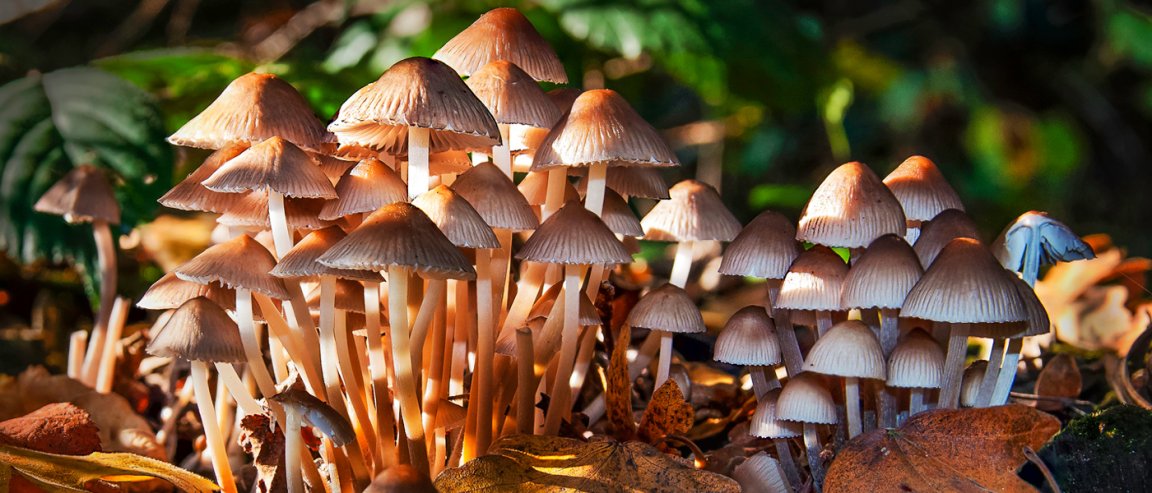
Hope in Fungi
Every day, tonnes of electronic waste is sent to developing countries at the expense of the people and their environment. For years, they are exposed to highly toxic chemicals when handling this kind of waste, which could damage their brains, reproductive systems, and kidneys. There is a dire need for change in the systems currently used to deal with this kind of waste.
Fortunately, a team from the American Chemical Society (ACS) led by Dr. Jeffrey A. Cunningham, has developed a way to extract some of the precious metals from discarded batteries by using a trio of naturally occurring species of fungus.
Over the years, reliance on lithium-ion batteries has increased dramatically. Although there have been attempts to lessen the amount of waste by extending battery-life, we have still yet to find an efficient way of recycling them. This is where fungi play a part.
Many species are good at dealing with exposure to metals like lithium. As Cunningham explains, fungi naturally generate organic acids that leach out metals. This has been observed for some time, and it’s one of the main reasons that fungi are used all over industry to extract metals.

Extraction Process
The batteries are first taken apart and the cathodes are pulverized. Then, the three different strains of fungus—Aspergillus niger, Penicillium simplicissimum and Penicillium chrysogenum—take over. These fungi will then produce organic acids such as oxalic acid and citric acid, which, according to ExtremeTech “can extract up to 85 percent of the lithium and up to 48 percent of the cobalt from the cathodes of spent batteries.”
The team eagerly seeks to further this research. “We have ideas about how to remove [them], but at this point they remain ideas,” Cunningham says. “However, figuring out the initial extraction with fungi was a big step forward.”
If successful, this research could have a great impact on our environment—capable of reducing the amount of the toxic battery waste rapidly filling the Earth.